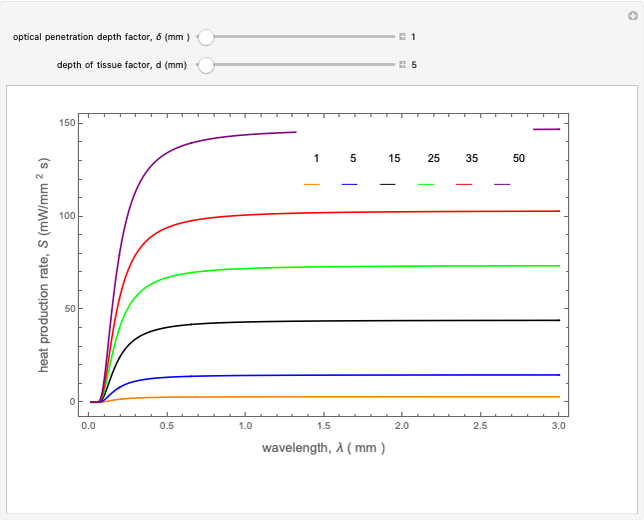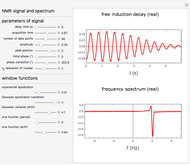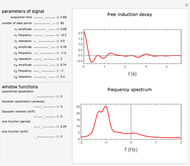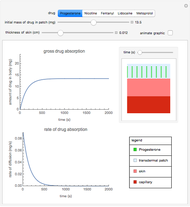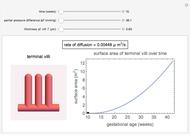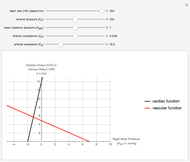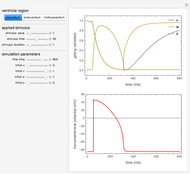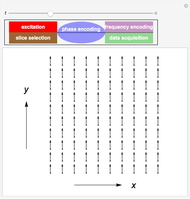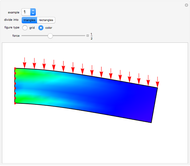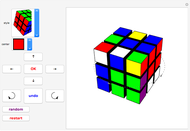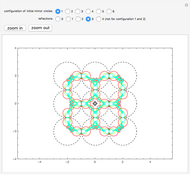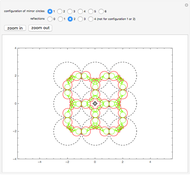Magnetic Resonance Imaging (MRI)
Initializing live version

Requires a Wolfram Notebook System
Interact on desktop, mobile and cloud with the free Wolfram Player or other Wolfram Language products.
The process of signal generation and acquisition in magnetic resonance imaging consists of four stages.
[more]
Contributed by: Yuncong Ma (March 2014)
Open content licensed under CC BY-NC-SA
Snapshots
Details
References
[1] S. A. Huettel, A. W. Song, and G. McCarthy, Functional Magnetic Resonance Imaging, 2nd revised ed., Sunderland, MA: Sinauer Associates Inc., 2008.
[2] Wikipedia. "Basic Physics of Nuclear Medicine/MRI & Nuclear Medicine." (Mar 11, 2014) en.wikibooks.org/wiki/Basic_Physics_of _Nuclear _Medicine/MRI_%26 _Nuclear _Medicine.
Permanent Citation











